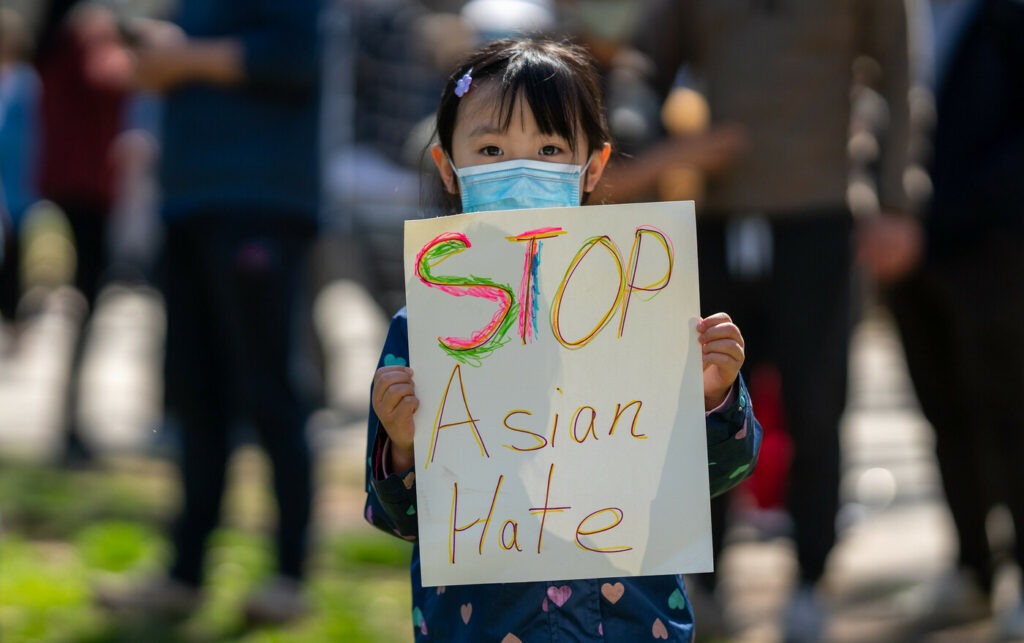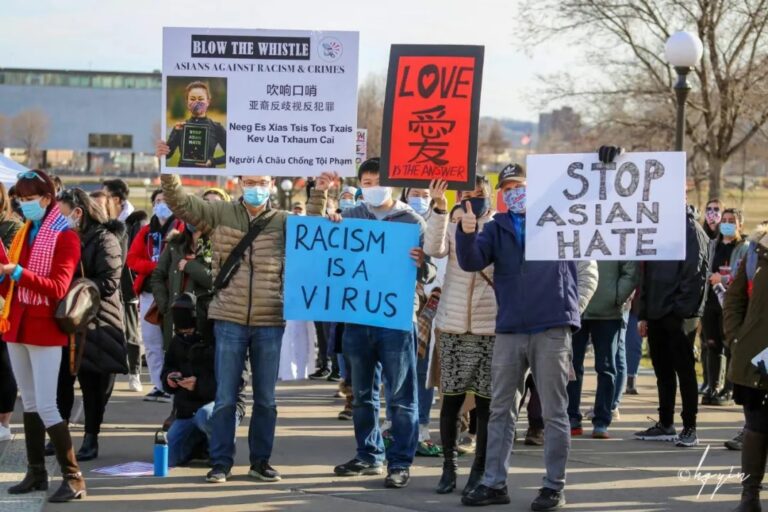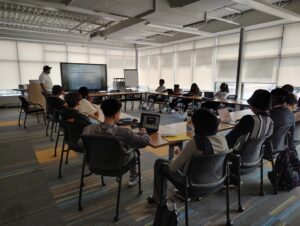Janie Ye
Wayzata High School
 Bullying is a well-known topic when it comes to school. As frequently shown in American media, bullying is aggressive behavior intended to intimidate or harm. It’s often underreported because it can happen in different settings and to different levels. As society progresses, cyber bullying (online bullying) is becoming more prominent compared to previous mostly physical bullying. Asian American bullying is extremely underreported because many victims fear speaking up and many are unaware of what is considered bullying. It has come to the point where bullying of Asian American youth is almost normalized. Therefore, although some sources may portray bullying towards Asians as insignificant, these types of statistics are not accurate and bullying towards Asian Americans remains a problem regardless.
Bullying is a well-known topic when it comes to school. As frequently shown in American media, bullying is aggressive behavior intended to intimidate or harm. It’s often underreported because it can happen in different settings and to different levels. As society progresses, cyber bullying (online bullying) is becoming more prominent compared to previous mostly physical bullying. Asian American bullying is extremely underreported because many victims fear speaking up and many are unaware of what is considered bullying. It has come to the point where bullying of Asian American youth is almost normalized. Therefore, although some sources may portray bullying towards Asians as insignificant, these types of statistics are not accurate and bullying towards Asian Americans remains a problem regardless.
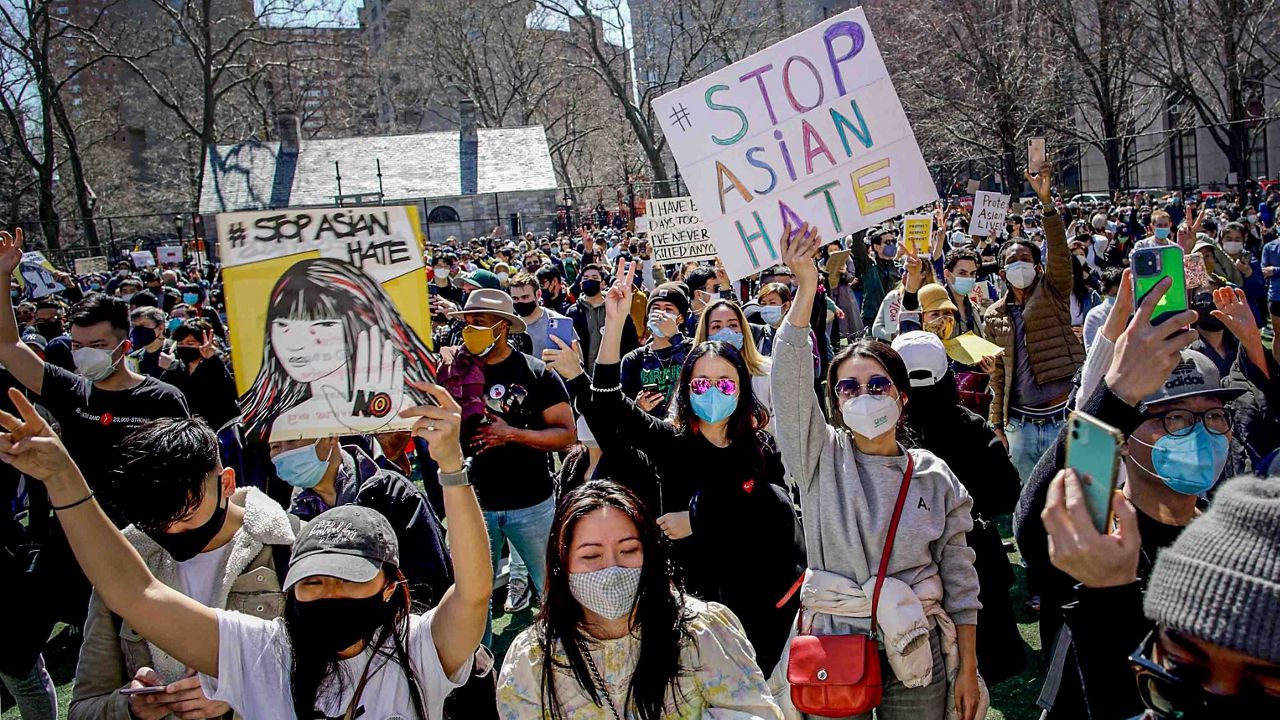 Despite what some may think, Asian Americans face a high level of bullying in schools. Some of the reasons why Asian students are likely to be bullied in school include race, stereotypes, and religion. Race is a significant factor in most bullying cases in schools. Asian Americans are no exception. In fact, race is a contributing factor to the formation of inaccurate stereotypes, which associate certain attributes with a specific group. For example, the model minority stereotype presumes all Asians are smart and hard-working and therefore face few challenges. In reality, this type of thinking leads to bullying and the assumption that Asian American students are “nerds.” Students are also bullied for their skin color and physical features. In addition, America’s history of marginalization of minority groups and discriminatory government actions towards Asians leads to the notion that it is okay to treat Asian Americans as inferior. Also, many kids are unable to respect others’ differences if their parents do not. Children learn behaviors and attitudes from home, and specific attitudes against different races start to form from a young age. It is important to educate children on respecting others and making sure that they are receiving the right type of support from home.
Despite what some may think, Asian Americans face a high level of bullying in schools. Some of the reasons why Asian students are likely to be bullied in school include race, stereotypes, and religion. Race is a significant factor in most bullying cases in schools. Asian Americans are no exception. In fact, race is a contributing factor to the formation of inaccurate stereotypes, which associate certain attributes with a specific group. For example, the model minority stereotype presumes all Asians are smart and hard-working and therefore face few challenges. In reality, this type of thinking leads to bullying and the assumption that Asian American students are “nerds.” Students are also bullied for their skin color and physical features. In addition, America’s history of marginalization of minority groups and discriminatory government actions towards Asians leads to the notion that it is okay to treat Asian Americans as inferior. Also, many kids are unable to respect others’ differences if their parents do not. Children learn behaviors and attitudes from home, and specific attitudes against different races start to form from a young age. It is important to educate children on respecting others and making sure that they are receiving the right type of support from home.
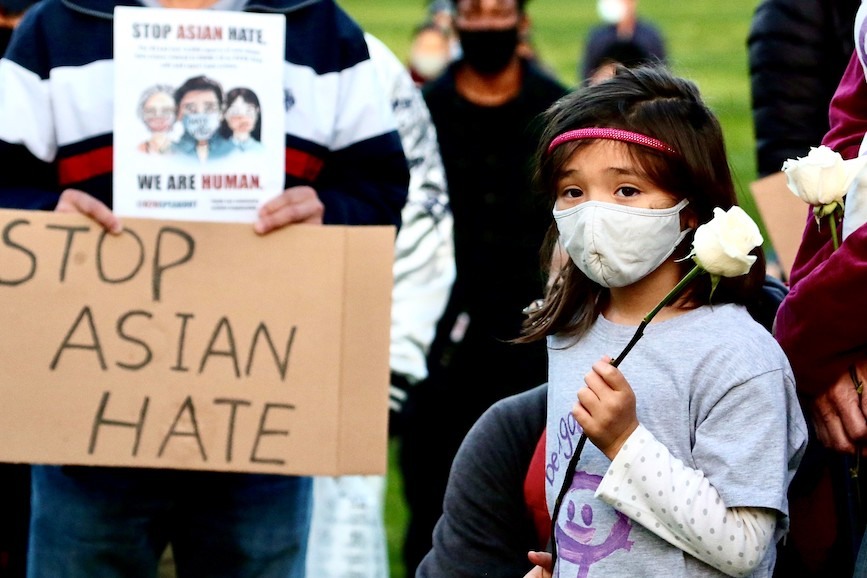 The COVID-19 pandemic’s impact on bullying towards Asian students was tremendous; An exponential increase in Asian bullying cases was seen in the months following the discovery of the virus. Due to the origin of the virus from China, Asian Americans were blamed for the virus because of increased racism from the general public. Students were subject to name calls and derogatory statements relating to the coronavirus and were also threatened with violence. This has led to the formation of multiple websites and organizations dedicated to increasing reports of bullying towards Asian Americans. These organizations aim to help stop the bullying of Asian Americans in schools and ease the negative impact bullying has on students.
The COVID-19 pandemic’s impact on bullying towards Asian students was tremendous; An exponential increase in Asian bullying cases was seen in the months following the discovery of the virus. Due to the origin of the virus from China, Asian Americans were blamed for the virus because of increased racism from the general public. Students were subject to name calls and derogatory statements relating to the coronavirus and were also threatened with violence. This has led to the formation of multiple websites and organizations dedicated to increasing reports of bullying towards Asian Americans. These organizations aim to help stop the bullying of Asian Americans in schools and ease the negative impact bullying has on students.
Websites dedicated to stopping racism and bullying towards Asian Americans include STOMP Out Bullying, Act to Change, and Stop AAPI Hate. Stop AAPI Hate is the largest hate crime reporting center for Asian Americans. These organizations are important in the journey to stop Asian bullying and racism. Although bullying cases have dropped with the passing of the pandemic, cyber bullying especially still remains a problem that needs to be dealt with.

